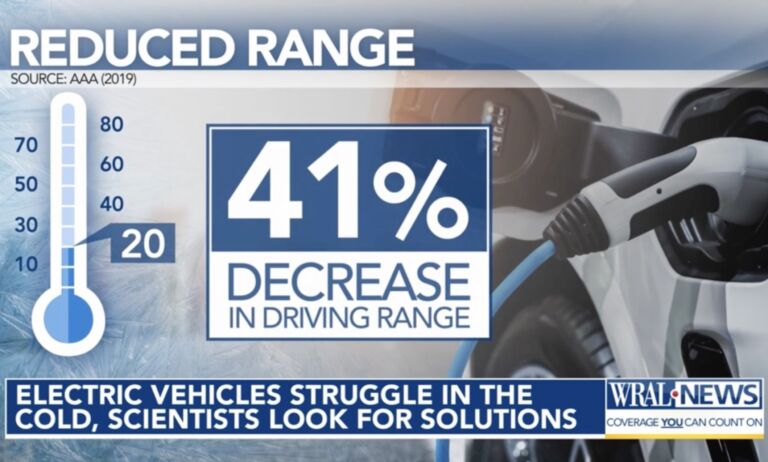Wayne Crews of the Competitive Enterprise Institute (founded by Fred Smith) warns readers of Forbes magazine about the high cost of federal regulatory overreach.
From regulating mints and food labeling, to systemic risk in banking and finance and, probably soon, insurance and cybersecurity, no aspect of American life remains untouched by bureaucrats and presidential decree.
That’s why wrestling down federal spending and taxation won’t suffice anymore. Regulations are equally as punitive.
In my annual report for the Competitive Enterprise Institute titled Ten Thousand Commandments: An Annual Snapshot of the Federal Regulatory State, I calculate that the cost of federal economic, environmental and health and safety regulation is around $1.86 trillion annually, based largely upon government data.
That’s more than half the size of President Obama’s recent $3.9 trillion federal budget proposal, and it’s greater than the entire federal budget was back in the 1990s.
If U.S. federal regulation were a country, it’d be the tenth largest, right there between Italy and India. For the typical family that regulatory cost amounts to $14,974 annually: 23% of average U.S. household income.
That $14,974 is more than the average household spends on health care, food, transportation, entertainment, clothes–on everything except housing. But we don’t officially measure regulations’ costs; we just add to the load.
The Federal Register, the daily depository of all Washington’s rules, was 79,311 pages long last year. Of the Register’s five highest annual page counts, four occurred under Obama.
And the numbers are staggering; 3,659 rules were issued last year, by 63 departments, agencies and commissions. Meanwhile, Congress passed and the President signed 72 laws.
That means there were 51 new regulations enacted in 2013 for every law passed by Congress. Most lawmaking is now done by the unelected.


